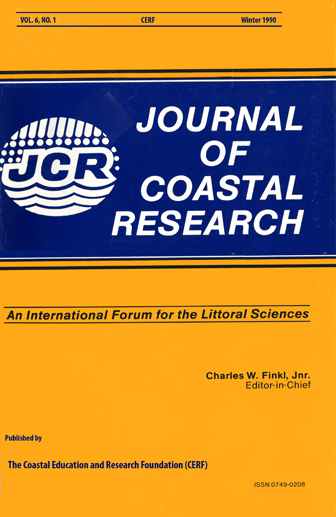Blooms of a Dinoflagellate Gyrodinium cf. aureolum in New Jersey Coastal Waters and Their Occurrence and Effects Worldwide
Keywords:
Gyrodinium cf. aureolum, dinoflagellate blooms, marine fauna killsAbstract
A dinoflagellate we identified as Gyrodinium cf. aureolum Hulburt bloomed extensively and persistently in southern New Jersey coastal waters in the summers of 1984 and 1985. This paper documents the New Jersey events, and reviews the occurrence and effects of blooms of the species elsewhere in the world. The New Jersey blooms were the first of the species reported in United States neritic waters. One certain consequence of these incidents was greatly diminished aesthetic quality of the coastal water. Mild sickness in humans and kills of blue mussel, Mytilus edulis and lady crab Ovalipes ocellatus coincided with the presence of both blooms but direct association was not established. The species currently is not considered a major threat in the United States although it bloomed at least five times in the northeast region between 1982 and 1988. In Europe, however, it has flourished in estuarine, neretic and oceanic waters since 1966, and has caused numerous mass mortalities of marine fauna. Exceptional physiological versatility offers a possible explanation for its success in diverse environments. Gyrodinium aureolum is euryhaline, eurythermal, and can use efficiently both high and low light regimes. It apparently is vigorously phototactic, so it has the potential to position itself in favorable light levels. Major questions, such as how G. aureolum changed from a newly identified species to one of great importance in thirty years and how it adversely affects marine fauna, remain to be answered.


